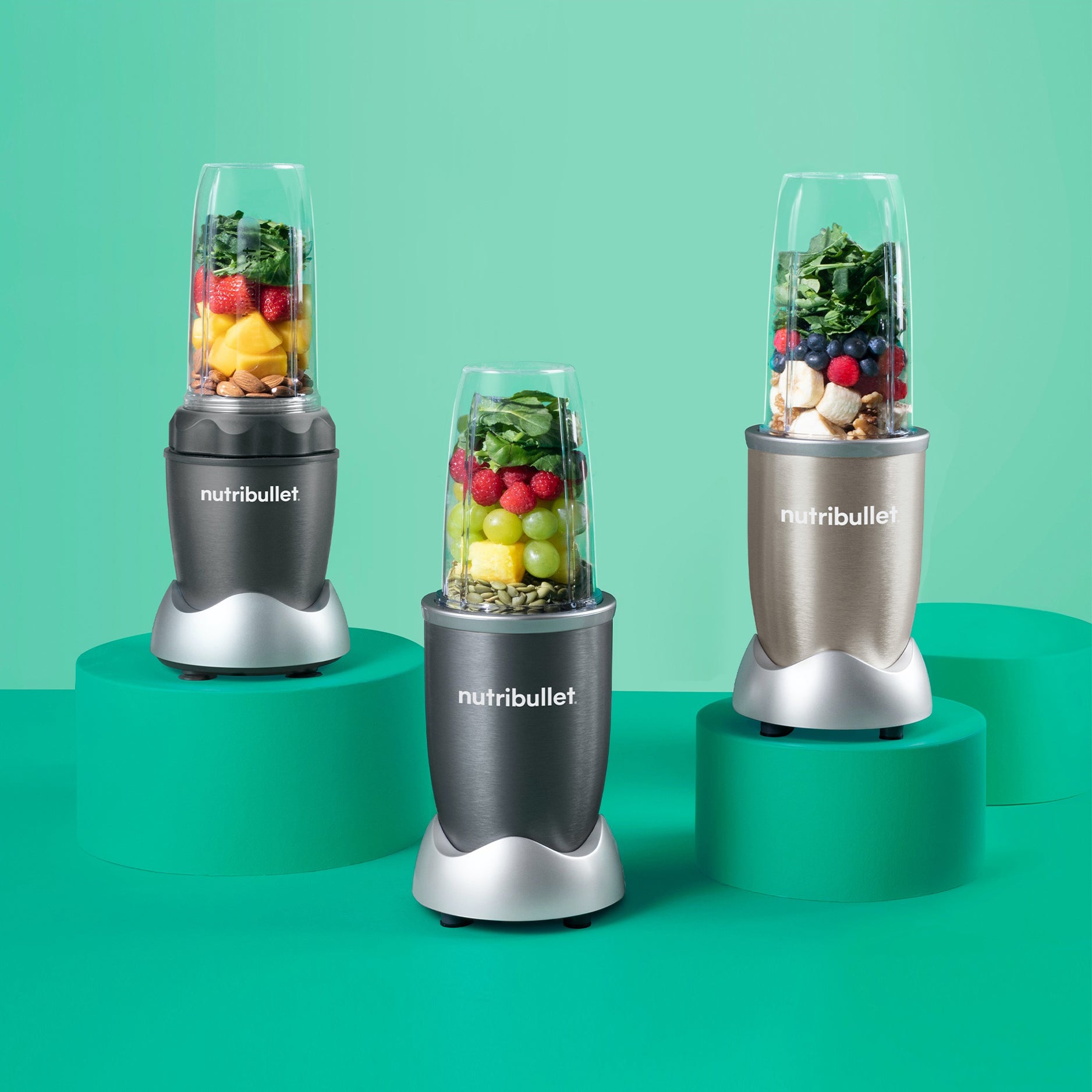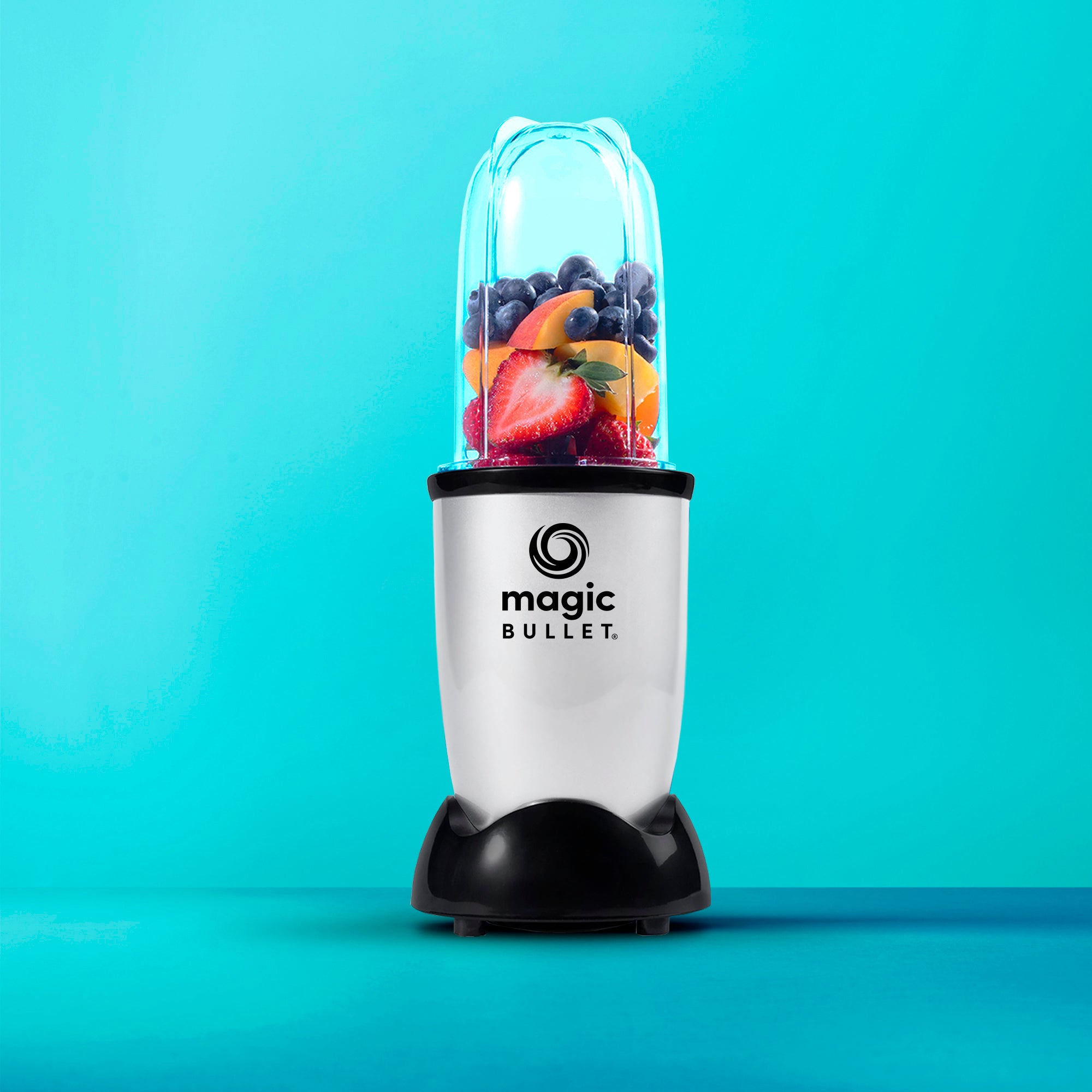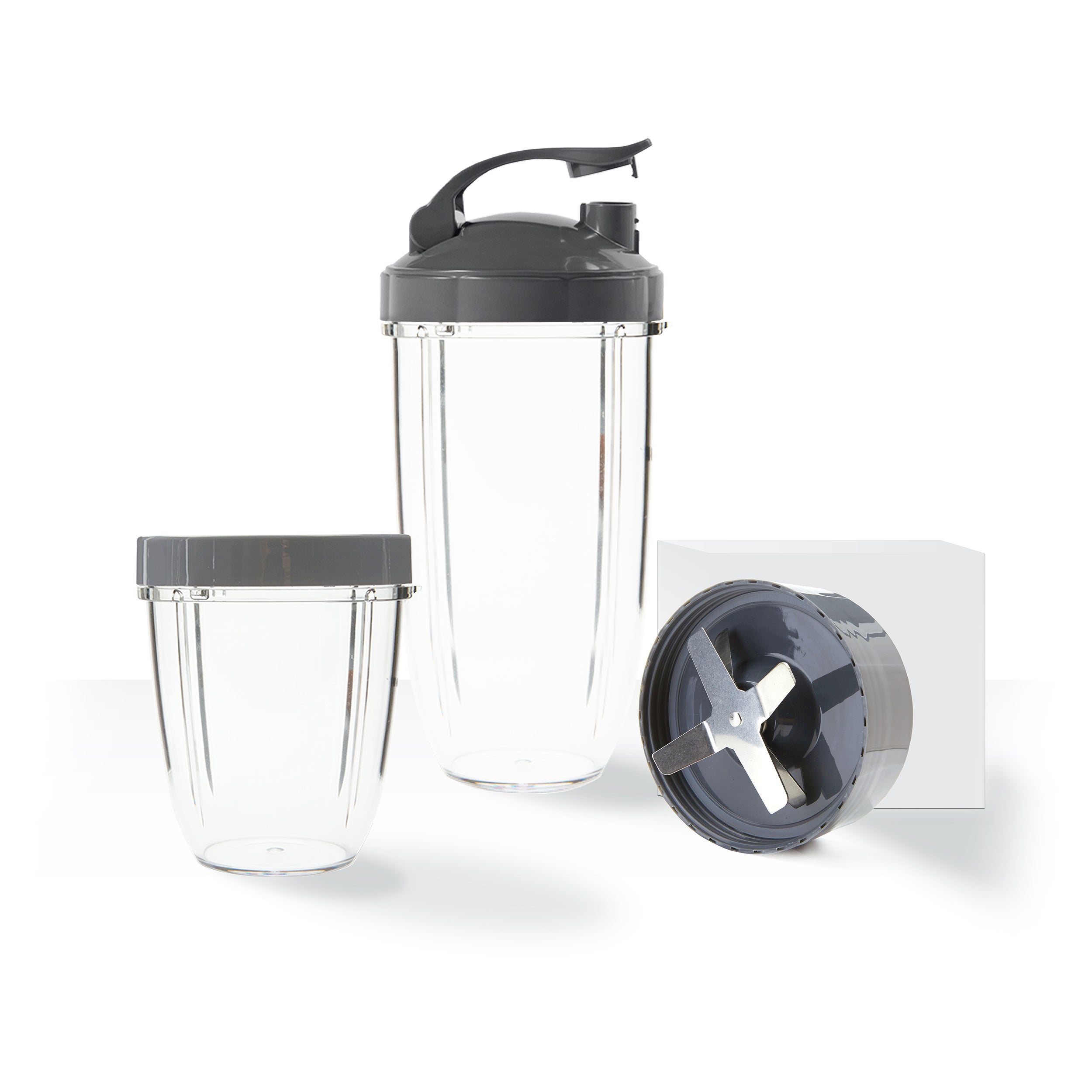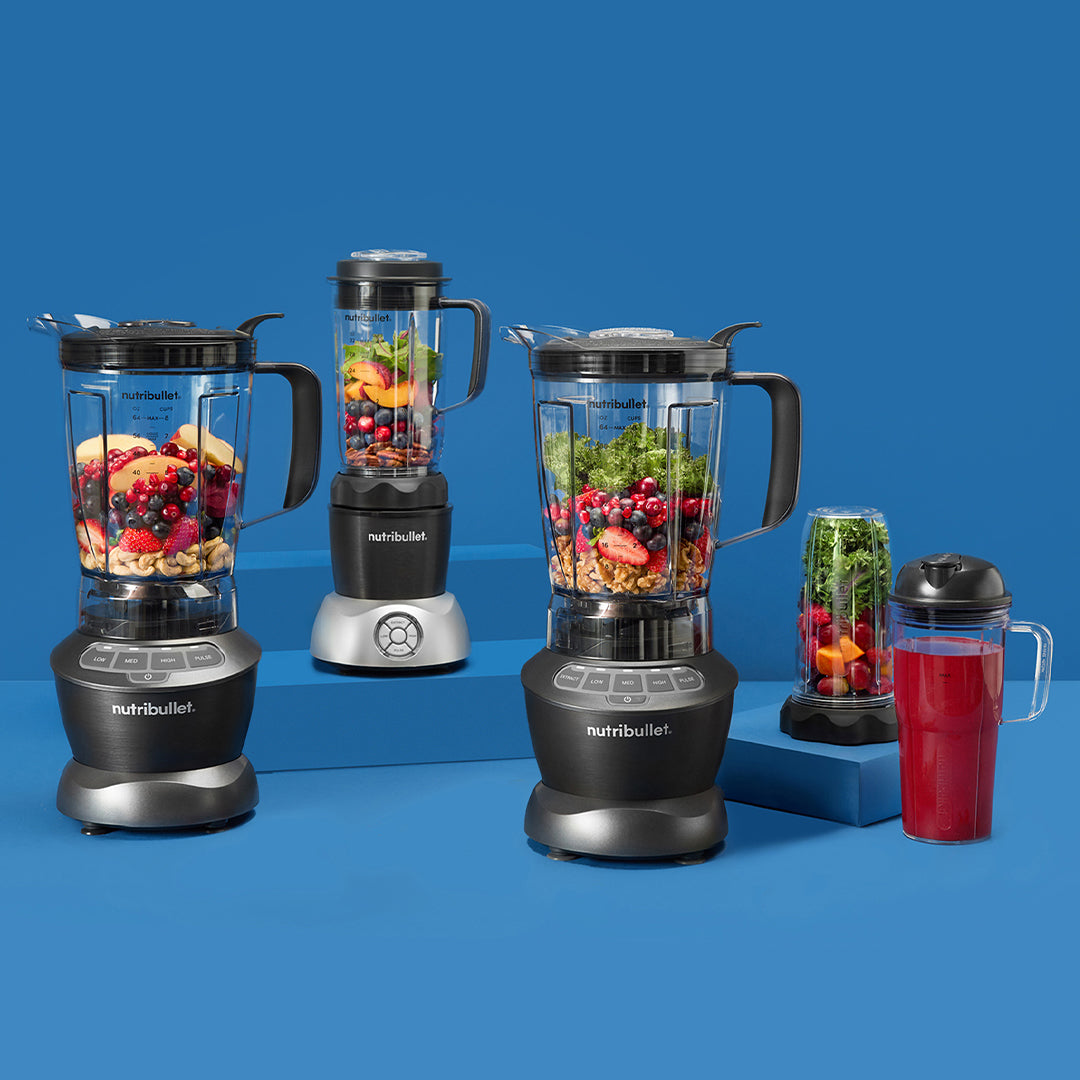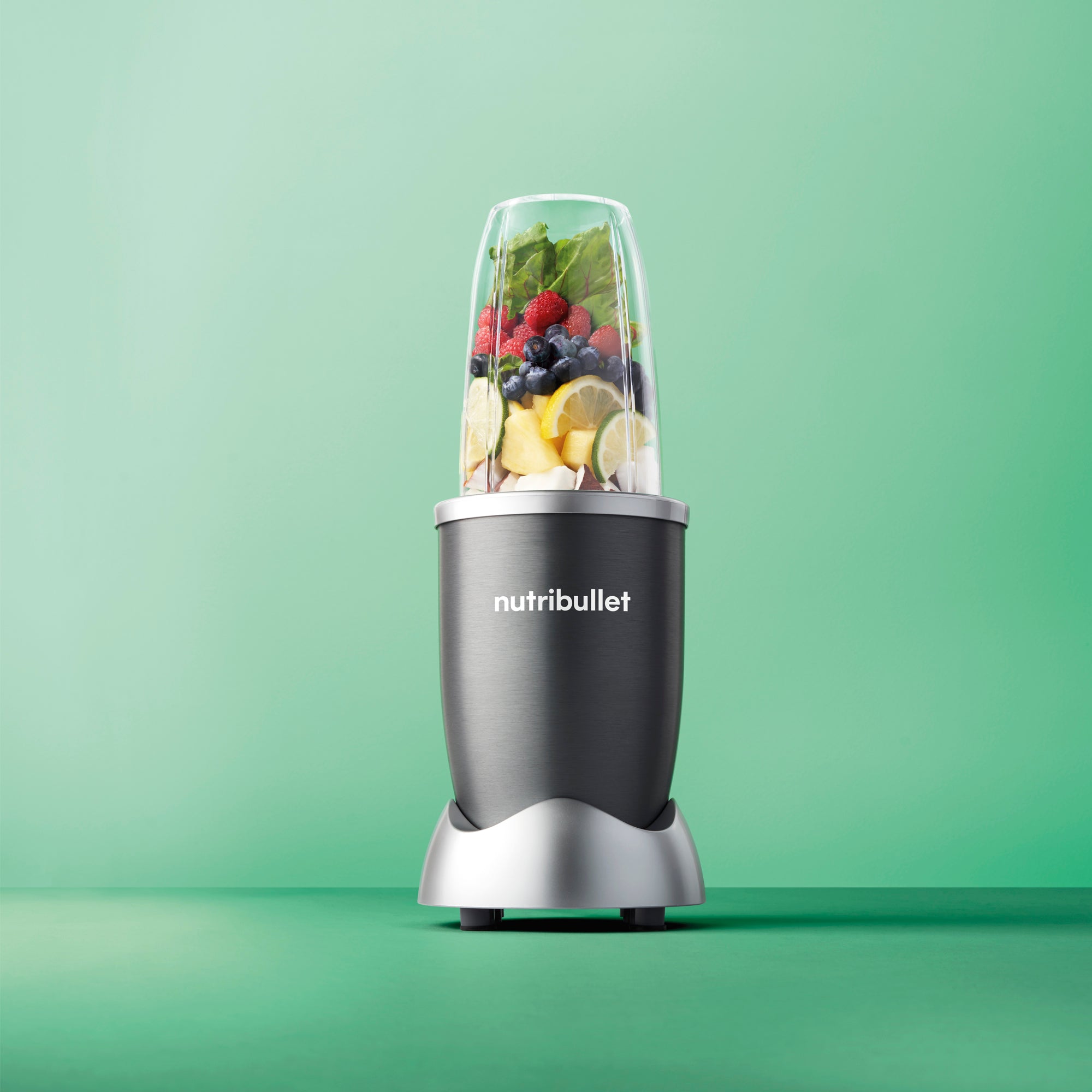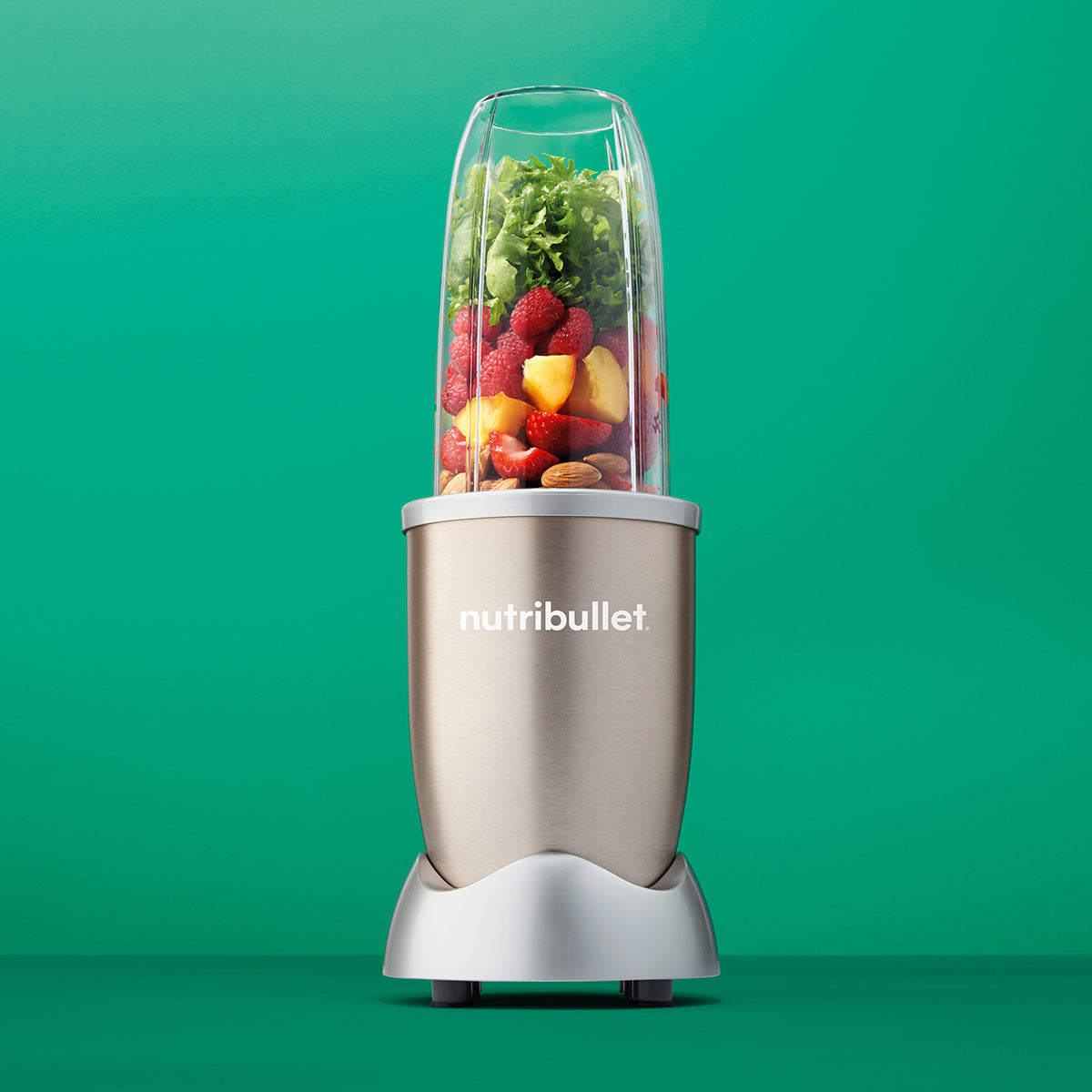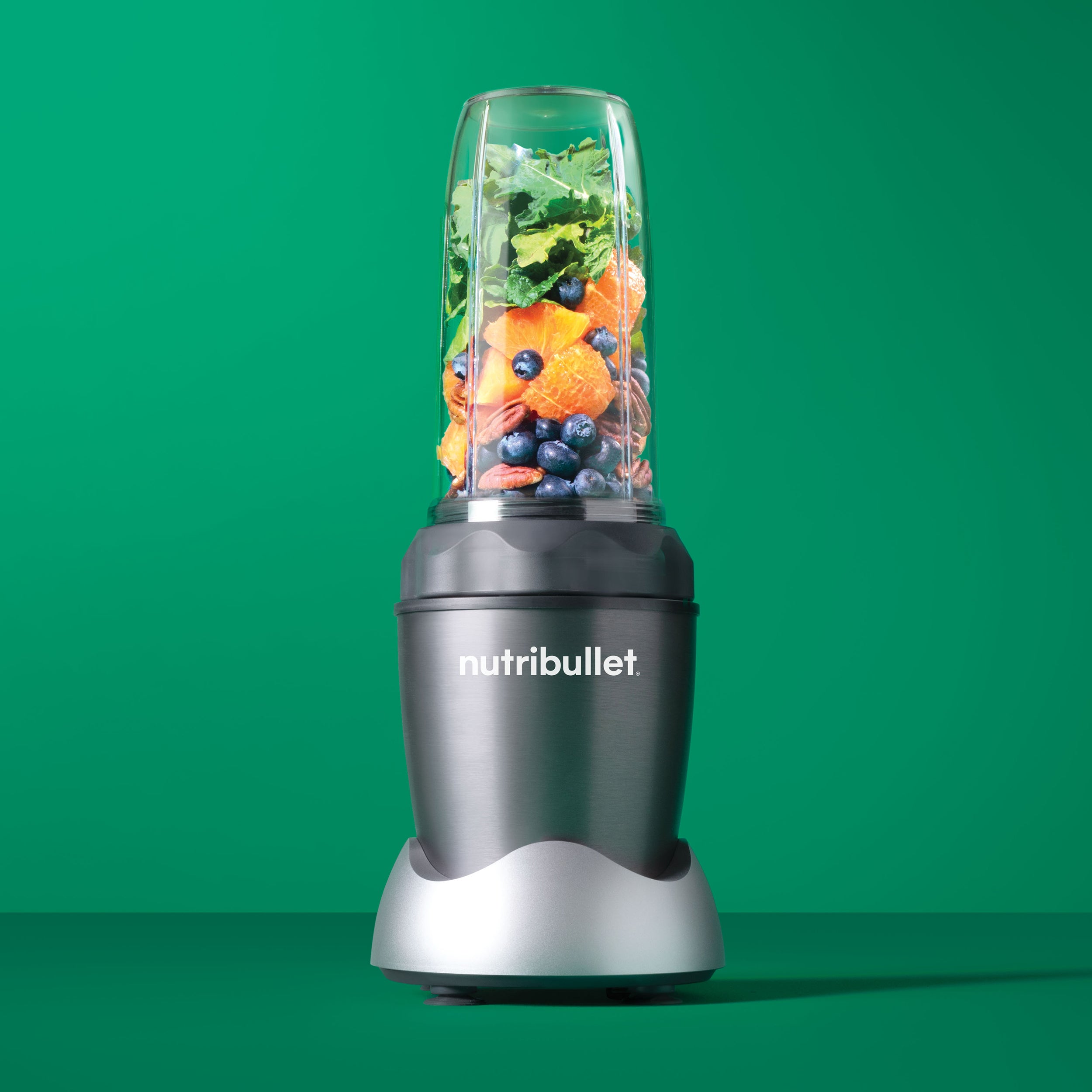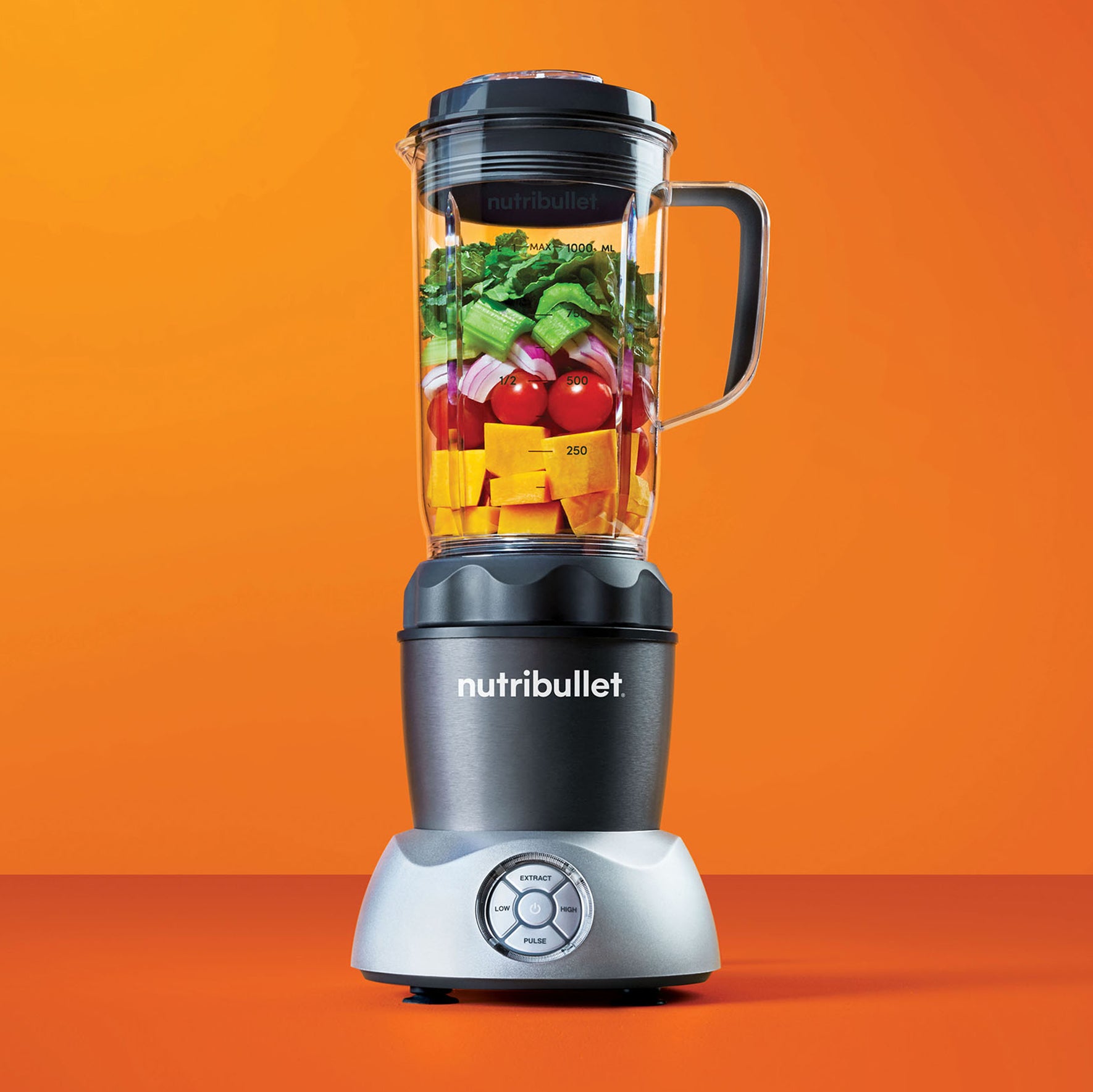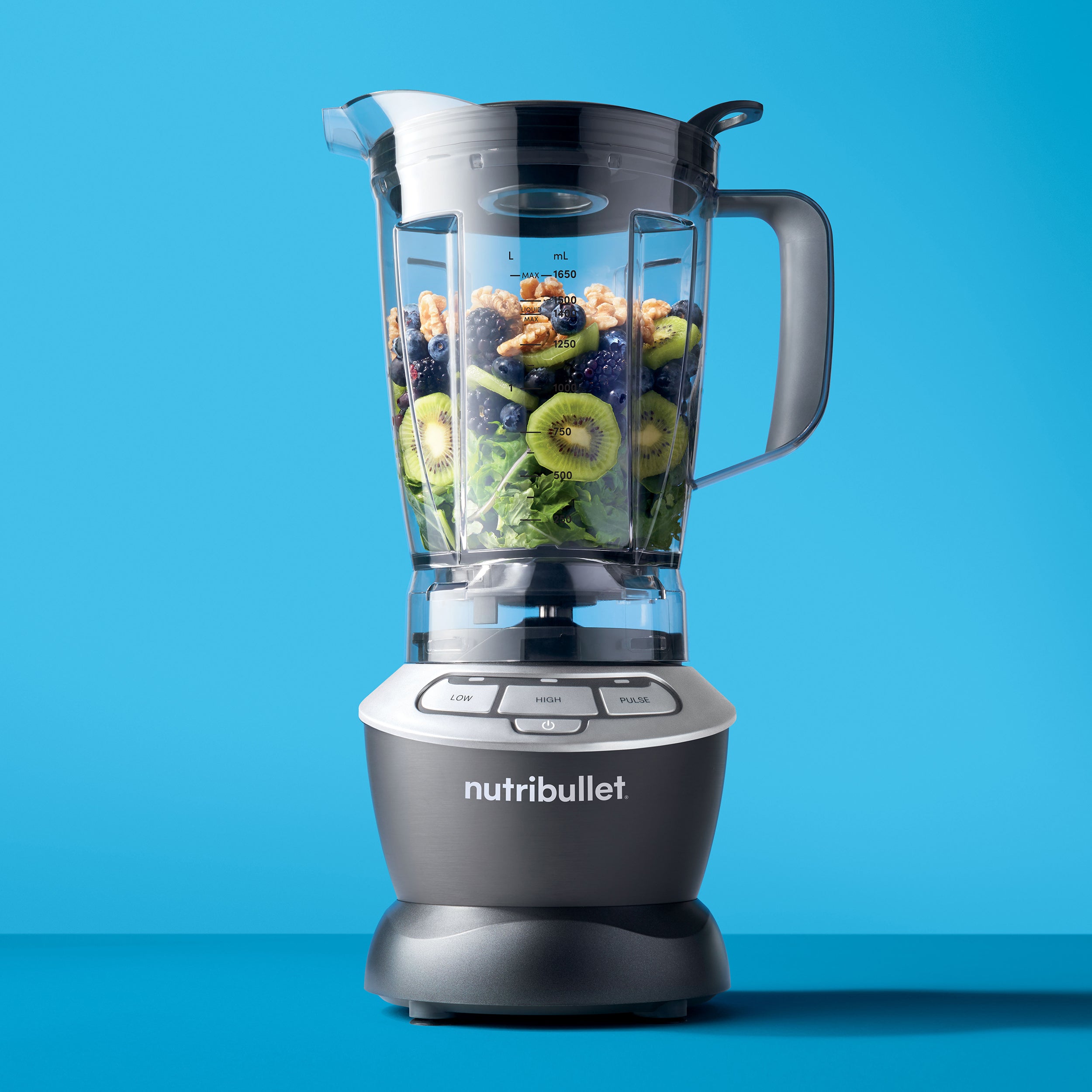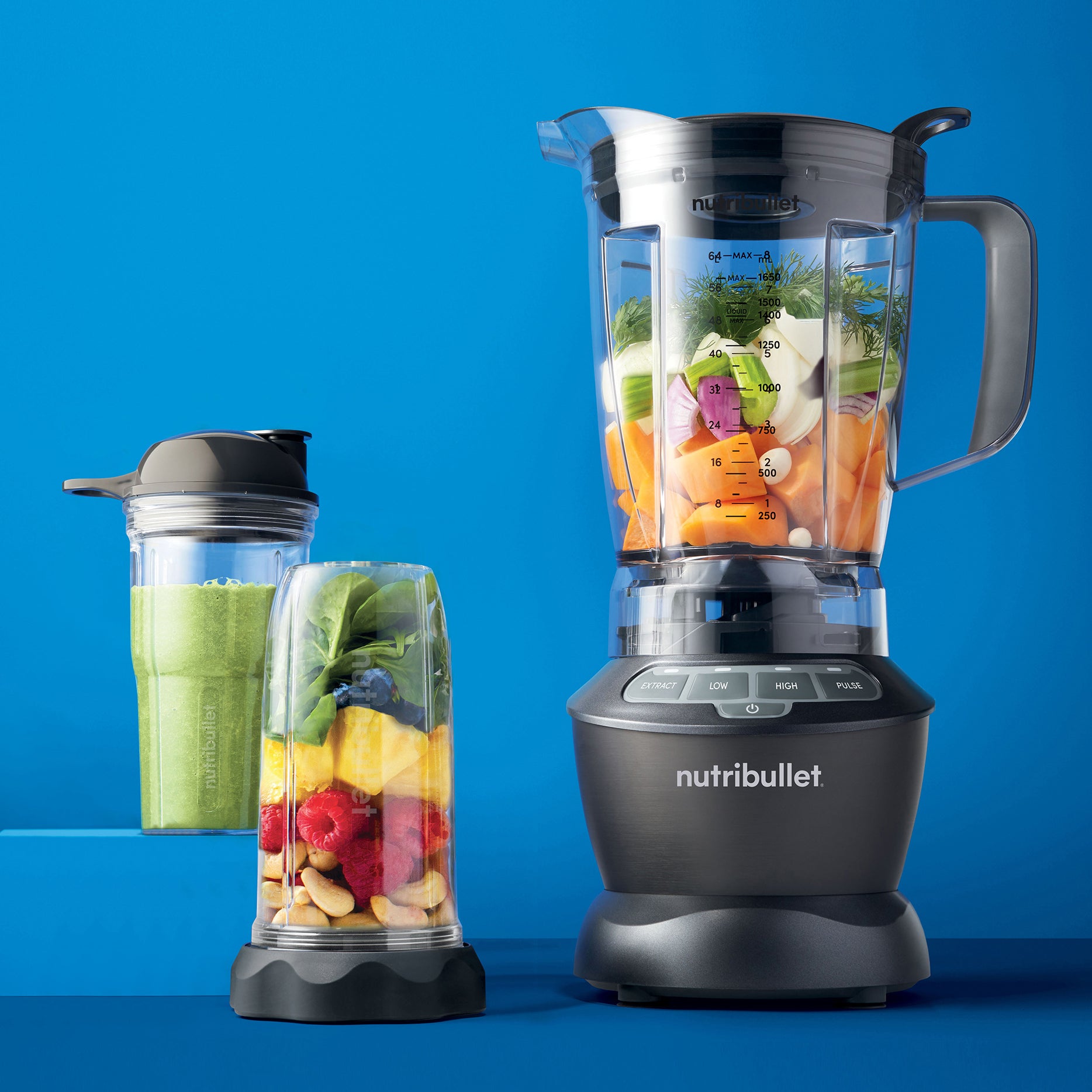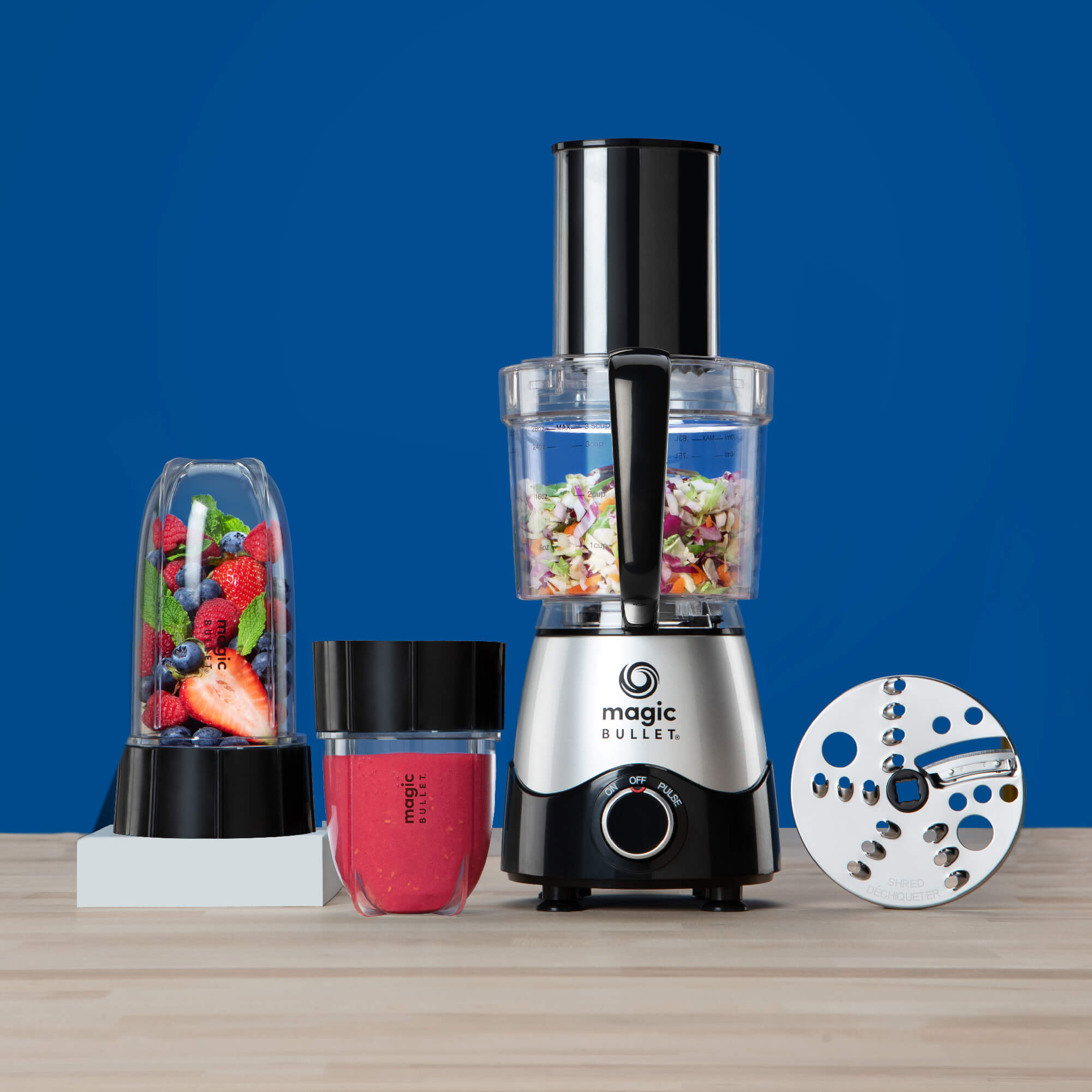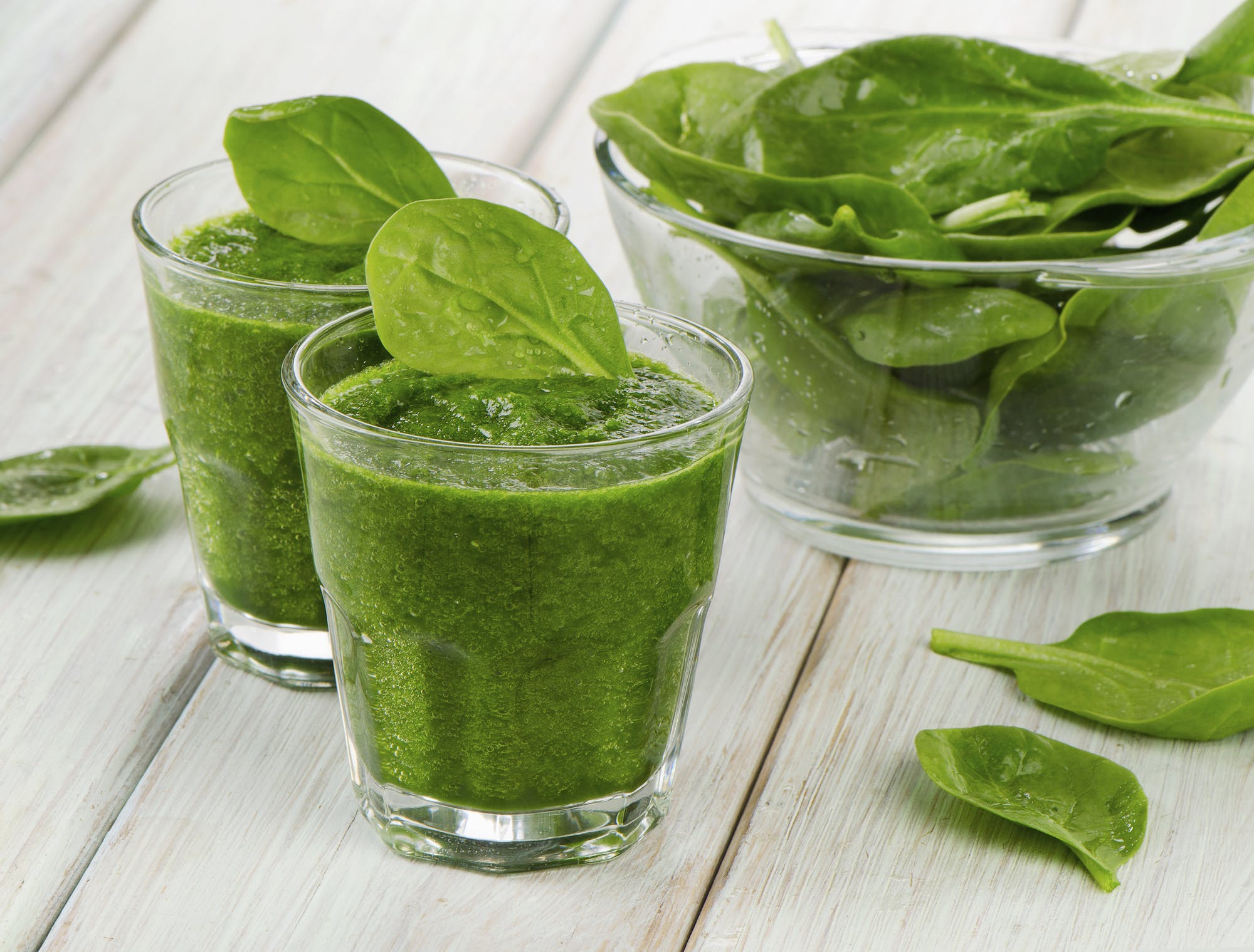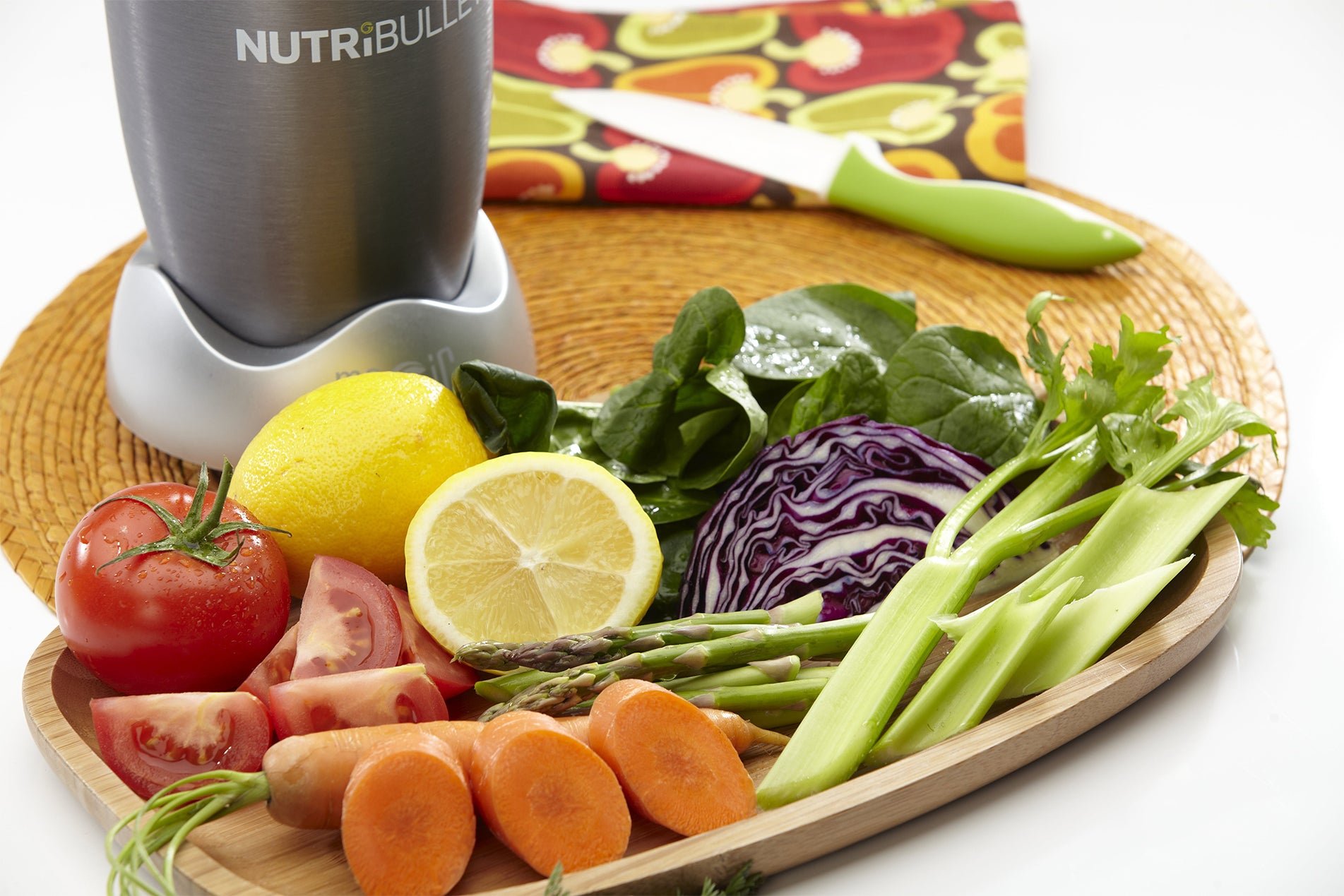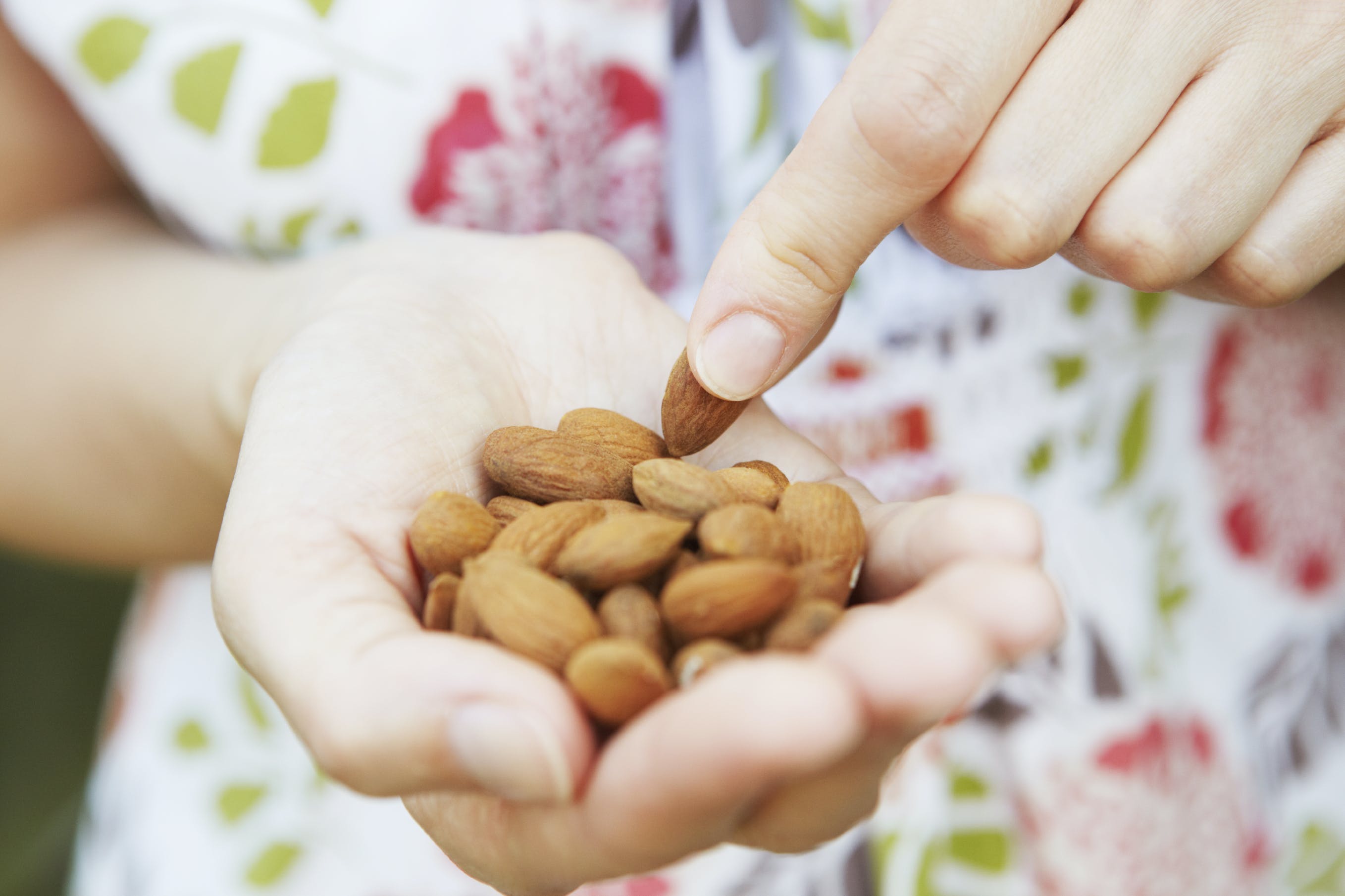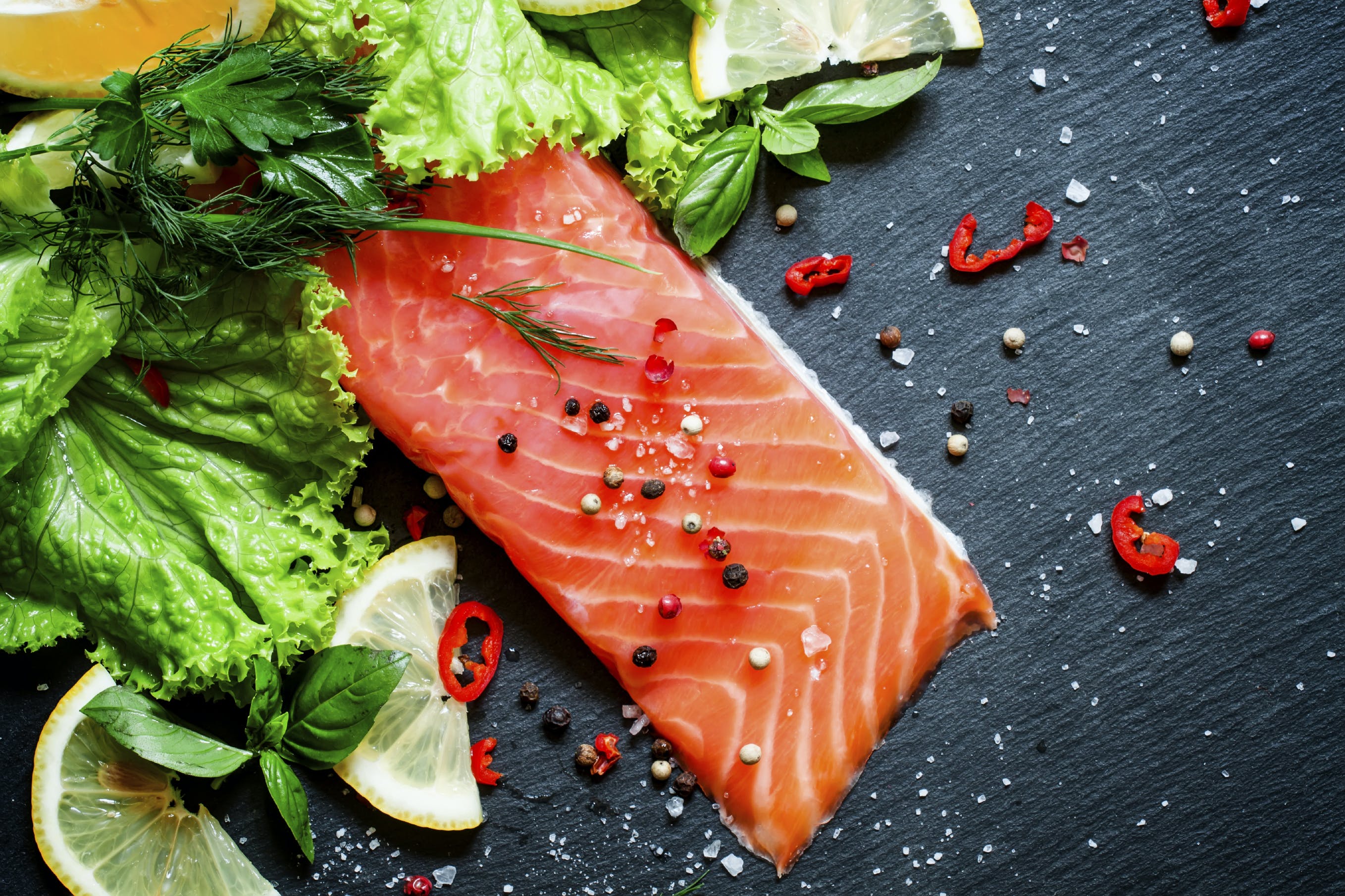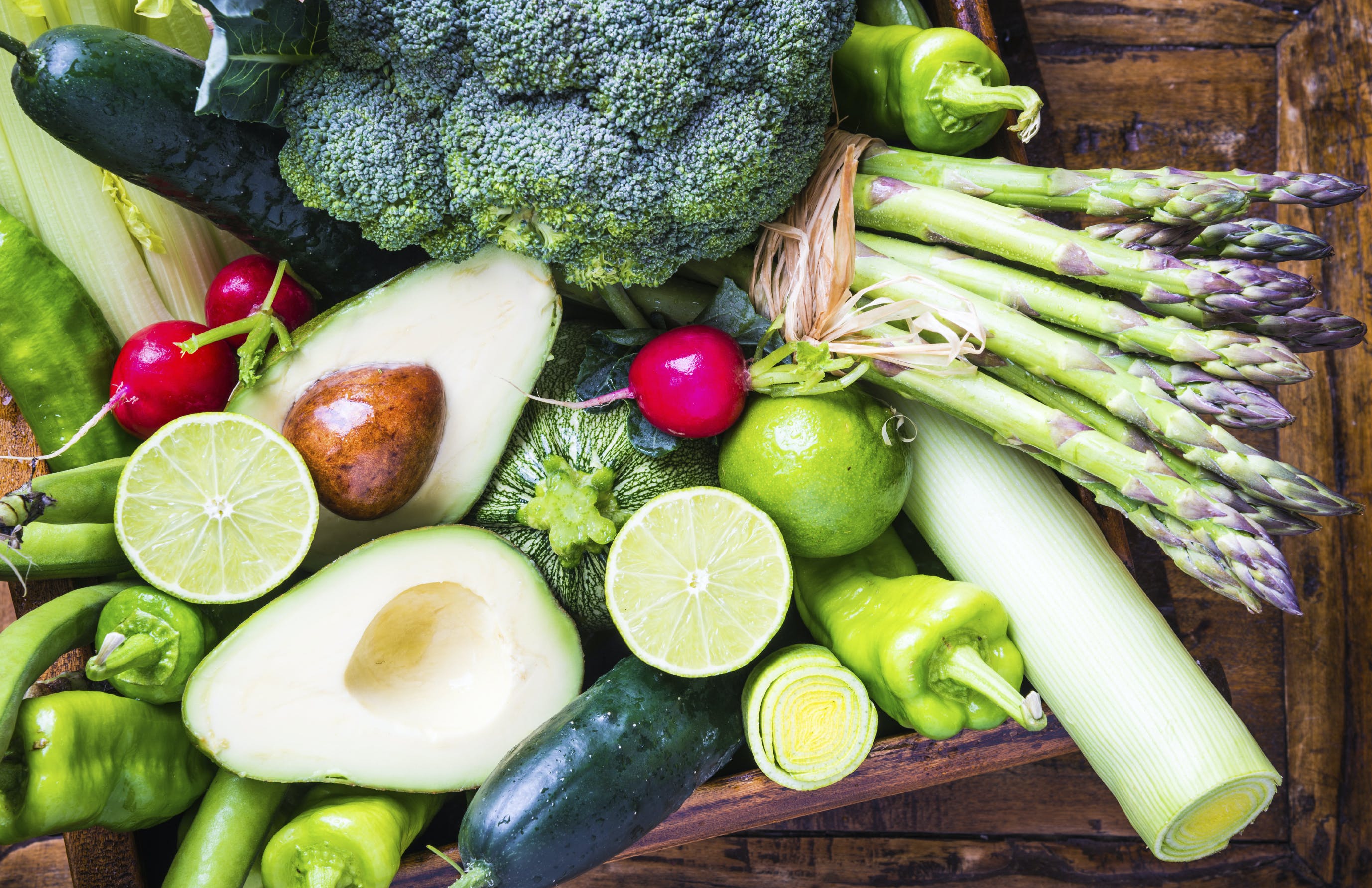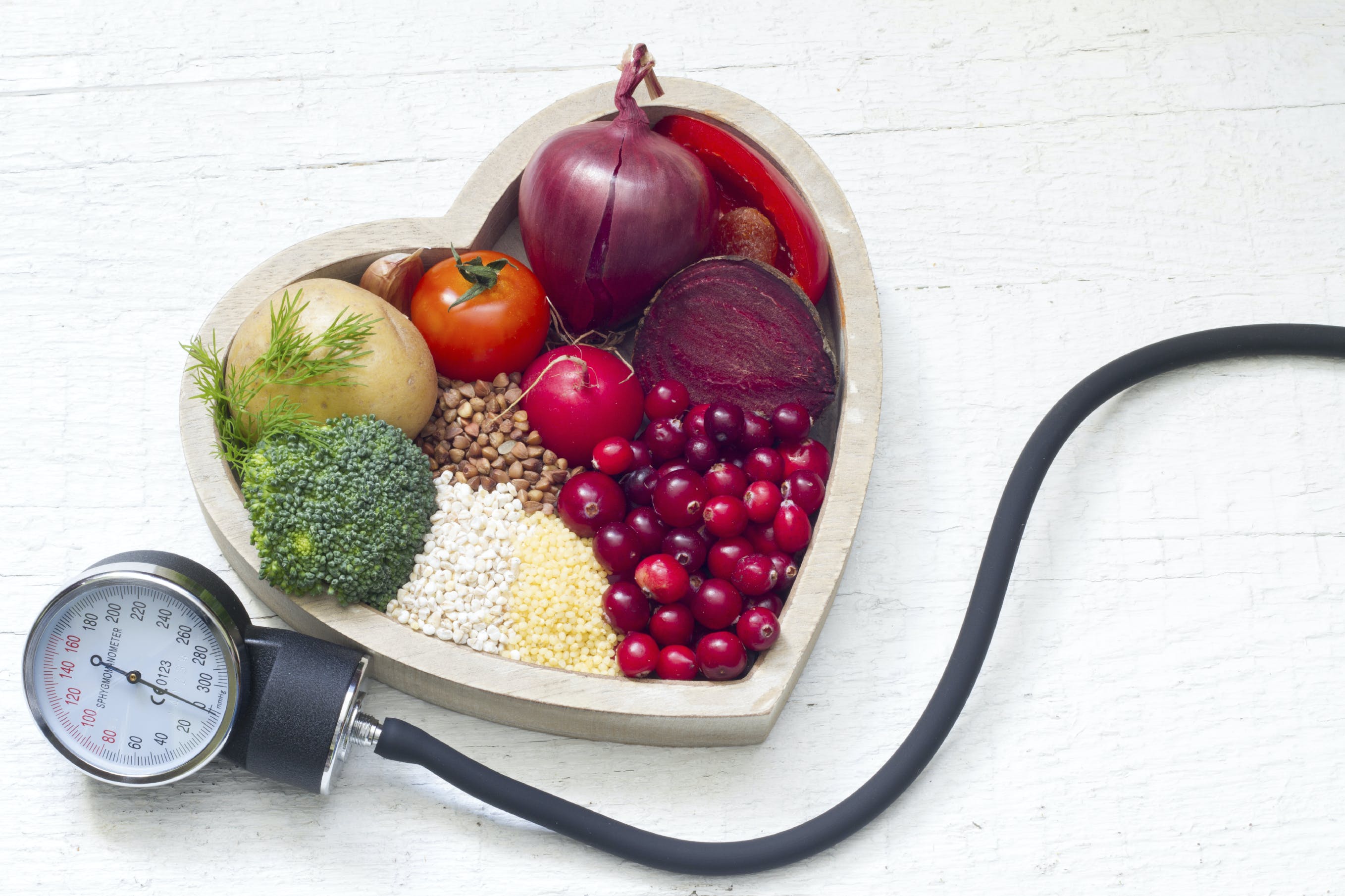It’s no secret, smoothies are, and have been, all the rage. Since the early 90s when smoothie shops first started becoming as ubiquitous as coffee shops, we became obsessed with their flavor, their convenience, and their halo of health. What could be better? A quick and easy option for breakfast, lunch, and dinner that was healthy to boot? Needless to say, the smoothie trend took off, and, soon, even fast food chains were adding smoothies to their menus.
More recently, a heavier focus on the green smoothie has taken hold—adding bunches of kale and spinach to your smoothie ups the nutrition content and helps us feel better about the foods we put in our bodies. But that’s not all there is to the story. Green smoothies are thought to be healthier than their brightly colored, fruit-laden counterparts, but is that true? Is it possible your green smoothie can actually be void of nutrition, adding to your weight gain, and responsible for your dip in energy levels?
The answer isn’t so black and white. (Or berry-red and leafy-green!)
Not All Green Smoothie Recipes are Created Equal
Green smoothies won’t inherently make you fat, but the ingredients you add to your green smoothies could be adding unhealthy sugars, empty calories, and harmful additives to your diet. The effect? A decrease in your metabolism that makes it harder to shed unwanted pounds and lose weight.
5 Common Green Smoothie Mistakes Hindering Your Weight Loss
We know blending up a handful of kale isn’t the most appetizing thing in the world, that’s why many people add processed fruit juice, flavored yogurts, even sugar packets to their green smoothie recipes to make them sweeter and easier to digest. But before you reach for the sugar, read our helpful tips and most common smoothie-making blunders. Your green smoothies will be just as tasty, we promise!
1. Adding unnecessary and harmful sweeteners.
Adding one tablespoon of honey can add over 60 calories to your smoothie, which is especially worrisome if you’ve already added a good amount of naturally sweet fruit. Artificial sweeteners have been linked to weight gain, and other ingredients, like yogurt and fruit juice, contain tons of added sugars, which add to the glycemic load of your drink. Instead, stick to a small amount of fruit, which will help sweeten your drink, while adding fiber. Berries are perfect for smoothies because they’re low in sugar but still add natural sweetness. You can also try swapping your added sugars for a starchy vegetable, like cooked sweet potato or pumpkin puree, which lends sweetness and creaminess without the unwanted side effects.
2. Mixing in milk and other dairy products.
Most commercially made smoothies contain some form of dairy, like milk, yogurt, or ice cream. Besides the obvious addition of harmful sugar and processed additives, dairy also contains hormones and antibiotics that can trigger reactions in those with compromised inflammatory systems. Many people also unknowingly have dairy allergies or intolerances, which can cause headaches or upset your stomach. Our tip? Avoid it altogether and instead opt for a milk alternative, like almond milk, coconut milk, or hemp milk. Looking to add thickness? Try adding 1 tablespoon of chia seeds to your next smoothie, it’s a natural thickener and it keeps you feeling full.
3. Adding too much fruit to your green smoothie recipe.
Fruit is a great addition to any healthy smoothie—in the right amounts. To mask the flavor of bitter greens, people often add banana on top of mango on top of peach on top of pineapple and more, all to make their smoothie palatable. These are high glycemic fruits that should be eaten in moderation. They contain lots of essential fiber to help balance out their sugar content, but add in too much, and you’re left with a quickly metabolized smoothie that leaves you hungry in an hour, after a sugar induced energy crash. Instead, opt for low glycemic fruits, like berries and citrus, and keep the amounts to a minimum!
4. Not including the right balance of complex carbs, fiber, protein, and healthy fats.
The perfect healthy smoothie that helps keep you full and maintain a healthy weight contains the right balance of carbs, protein, and healthy fats, one that mirrors your daily diet. Carbs provide quick energy, healthy fats help reduce the risk of chronic disease, protein contributes to the growth and repair of lean muscle mass in the body, and fiber keeps you full and satiated—all important steps in reaching and maintaining a healthy weight. If your smoothie contains only leafy greens, you’re missing out on the benefits of energizing complex carbs and muscle-building protein; if it contains only fruit, you’re missing out on the health-promoting benefits of healthy fats and richer sources of fiber.
5. Not paying attention to ingredient lists.
We always recommend making your green smoothie at home, that way you know exactly what you’re putting into your body. But we understand that sometimes life gets in the way and picking one up from your local juicer or restaurant is just easier. In those situations, always pay careful attention to ingredient lists and nutrition labels, since a “green” smoothie isn’t always the healthiest option. Look for an ingredient list that contains all recognizable and pronounceable ingredients and remember to count those calories! Stick to the smoothie with fewer calories (more if your smoothie is replacing a meal), less than 20g of sugar, and about 10g of fiber.
Building a delicious, green weight loss smoothie takes knowledge and practice, but never give up! Once you master the right combination of whole foods, you’ll be on your way to healthy weight loss in no time.
Nutritional information
Recipe: Creamy Green Strawberry Dream Serving in this recipe:1
- Calories: 236.6
- Total Fat: 3.6 g 5.5%
- Saturated Fat: 0.4 g 1.9%
- Cholesterol: 0 mg 0%
- Sodium: 358.7 mg 14.9%
- Total Carbs: 45.7 g 15.2%
- Dietary Fiber: 9.9 g 39.4%
- Sugar: 22.1 g
- Protein: 8.1 g 16.2%
- Vitamin A: 481.9% Vitamin C: 244.1%
- Calcium: 68.5% Iron: 26.1%
* Percent Daily Values are based on a 2,000 calorie diet. Your daily values may be higher or lower depending on your calorie needs.

